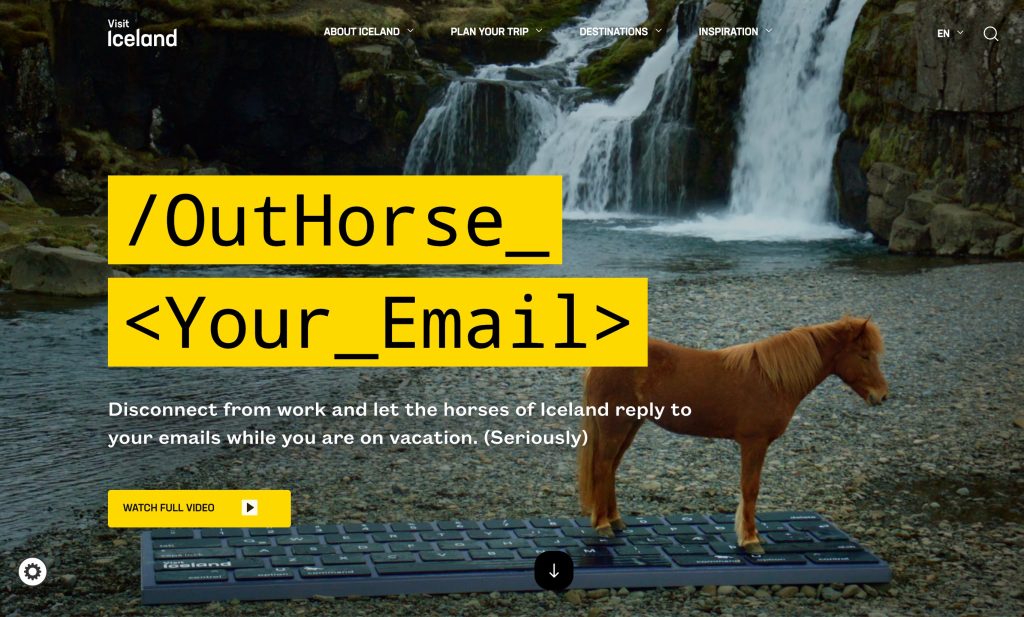A version of this post was originally published in PR Daily. Check out the original for the comments.
Twenty four million people watched President Obama’s recent farewell address on television — and countless others on digital channels. For communications pros, Obama’s speech offers a number of lessons for connecting with our audiences. Here are five you can apply to your own presentations:
1. Know Your Audience
A photo posted by Pete Souza (@petesouza) on
Knowing your audience means you can appeal to them far more powerfully. Obama knew his audience that night … literally. One of the warmest moments of Obama’s farewell address was when he left the hall with his family, greeting people he recognized in the crowd. At one point, Michelle tapped him on the shoulder to point out what might have been an old old friend from their pre-D.C. days in Chicago.
Even if you don’t actually know the people you are reaching out to, try to visualize one audience member in intimate detail, and speak directly to him or her. Everyone else will feel much more connected to you, as well. This tip can apply to giving a speech, tweeting or building a website. It’s why communications and marketing pros spend time creating customer “personas.”
2. Relate To Your Audience
A photo posted by Pete Souza (@petesouza) on
Obama does not distance himself from his audience, nor does he draw distinctions between himself and us. Instead, he says phrases such as, “It’s up to all of us“ and, “… challenges we still face.”
This leveling of speaker and audience creates a strong connection. Obama takes it further by being self-deprecating. His first joke of the night, as he tried to hush the crowd, was: “You can tell I’m a lame duck, because nobody’s following instructions.”
Relating to your audience removes barriers and can open a line between you and your listeners.
3. Build a Community
@potus answering questions on Twitter right now.
A photo posted by Pete Souza (@petesouza) on
Knowing how to effectively distribute your message is a key lesson from Obama’s address. The very fact we could see the address means somebody put good thought into making sure we could. After all, there’s zero point in having the perfectly tuned message if you have no way to get it to people.
Obama’s White House staff are masters at audience building, as evidenced by their large email list and social media following. It’s funny to me that people are a’twitter about Trump going direct to the people with, well, Twitter. But Obama disintermediated the media by going direct to readers and viewers over social media long before Trump did.
Don’t skimp on building and maintaining an audience. Not every communicator (or not every one of our customers) can command an audience and have the access to a microphone and stage as our commander-in-chief can. But once upon a time, neither could Obama. A lotta legwork over his career made this possible.
4. Show Some Emotion
The President hugs Rep. John Lewis on Saturday in Selma. Slide show: go.wh.gov/Selma-photos
A photo posted by Pete Souza (@petesouza) on
Don’t be afraid to cry (just a little bit) or smile and laugh (a lot). Sincere tears show vulnerability and openness. I’m not saying cry in every presentation. But do be open to feelings and let people see them. It opens the audience to your message—and to you. The same goes for smiling and laughing.
5. Have a Philosophy and Vision
President Obama talks with speechwriter Cody Keenan outside the Oval Office this morning.
A photo posted by Pete Souza (@petesouza) on
After eight years in office, we know where Obama is coming from when he speaks. We know how a story he tells illustrates his underlying philosophy and vision. That means there’s a lot of thinking listeners don’t have to do, because he’s already done the work of sharing his vision and connecting the dots.
In contrast, if you’re new to your audience, lay your vision out early and often. Build off it throughout your presentation. And, hopefully, you (or your organization) will be in a position to give many presentations over time. So continue to share your vision and philosophy over the longer story arc of your organization’s growth.
This post’s featured image is by Julie Winegard.



Leave a response
Responses
No responses